Square today opened its Square Cash service to the public, allowing users in the United States to send money using just an email and a debit card. The service is designed to be simple, and money can be sent by sending an email to the intended recipient with a dollar amount in the subject line and cash@square.com in the CC field.
To go along with the service, Square has released a new Square Cash iOS app, designed to simplify the process even further. After installing the app, it can be used to enter a dollar amount, which is then automatically entered into an email template to complete the money sending process.
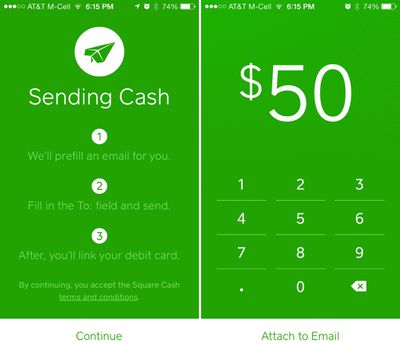
Send money to anyone with an email address. It’s fast, safe, and free!
No account needed. Just securely link your debit card to start sending money. It’s free to send, and free to receive money directly to your U.S. bank account.
Secure. Your financial information is entered through a secure connection and kept private. You can confirm or reject any transfer.
Fast. Money automatically deposits to your bank account within 1–2 business days.
Users that are new to the service will get an email from Square that includes a link to a secure website where debit card numbers can be entered. An account only needs to be set up once; after a debit card is stored, it can be used for each transaction. Payments take one to two business days to clear, and Square Cash is free for both senders and receivers. There is, however, a $2,500 per week sending limit, and the service is limited to users in the United States.
Square Cash can be downloaded from the App Store for free. [Direct Link]


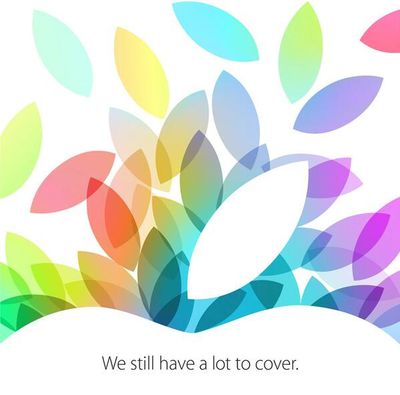
 Apple today released
Apple today released  Earlier today, Apple
Earlier today, Apple 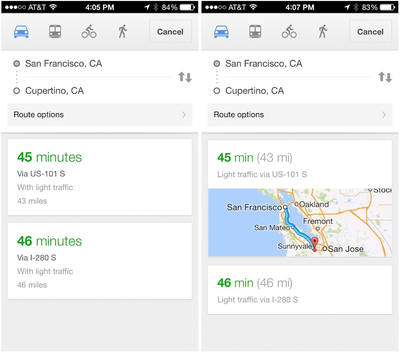

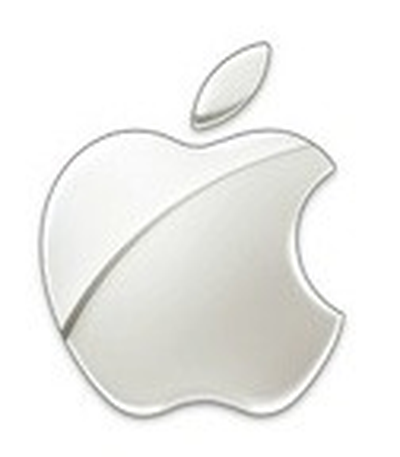 Ireland may shut down a tax loophole that allowed Apple to avoid declaring itself a tax resident in any country, reports
Ireland may shut down a tax loophole that allowed Apple to avoid declaring itself a tax resident in any country, reports 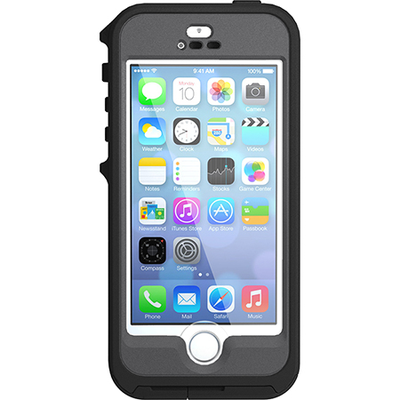
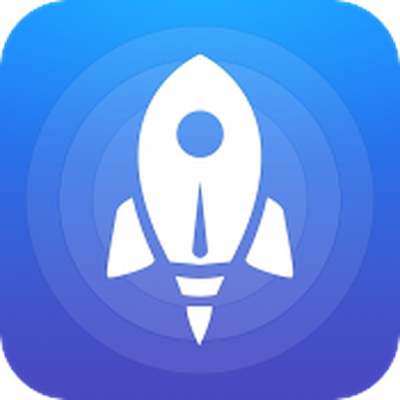 Developer David Barnard
Developer David Barnard  Chrisann Brennan was Steve Jobs' girlfriend during the early formative years of Apple computer, living with both Jobs and early Apple employee Kottke as the company was founded. By her own account, she worked in the shipping department at Apple, soldering disconnected chips into boards and assembling Apple II cases.
Chrisann Brennan was Steve Jobs' girlfriend during the early formative years of Apple computer, living with both Jobs and early Apple employee Kottke as the company was founded. By her own account, she worked in the shipping department at Apple, soldering disconnected chips into boards and assembling Apple II cases.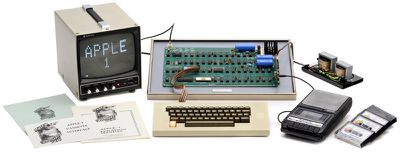
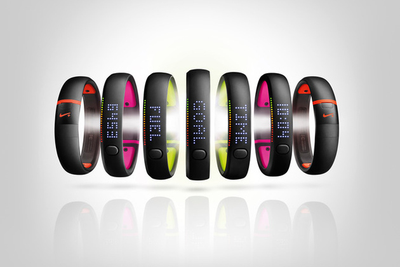
 Following Apple's
Following Apple's 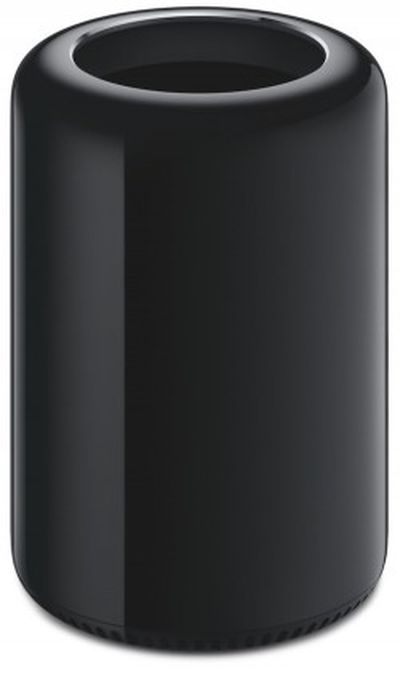 The
The 












